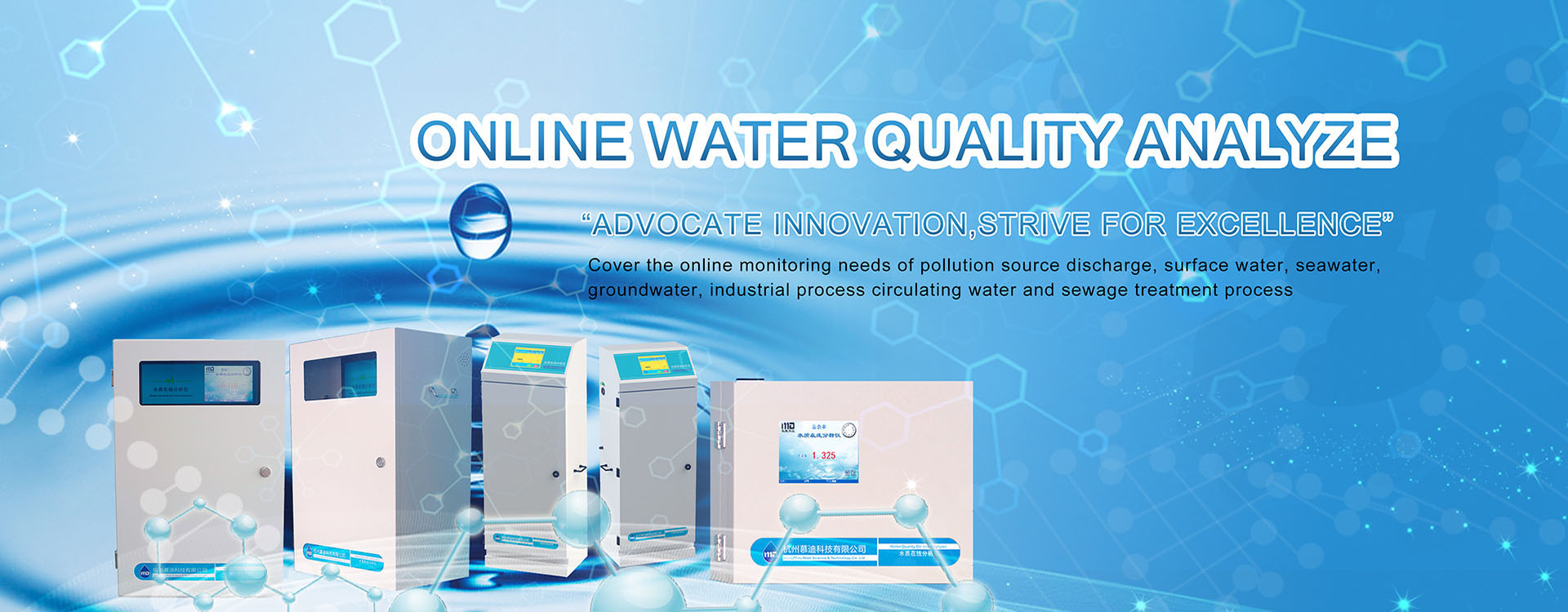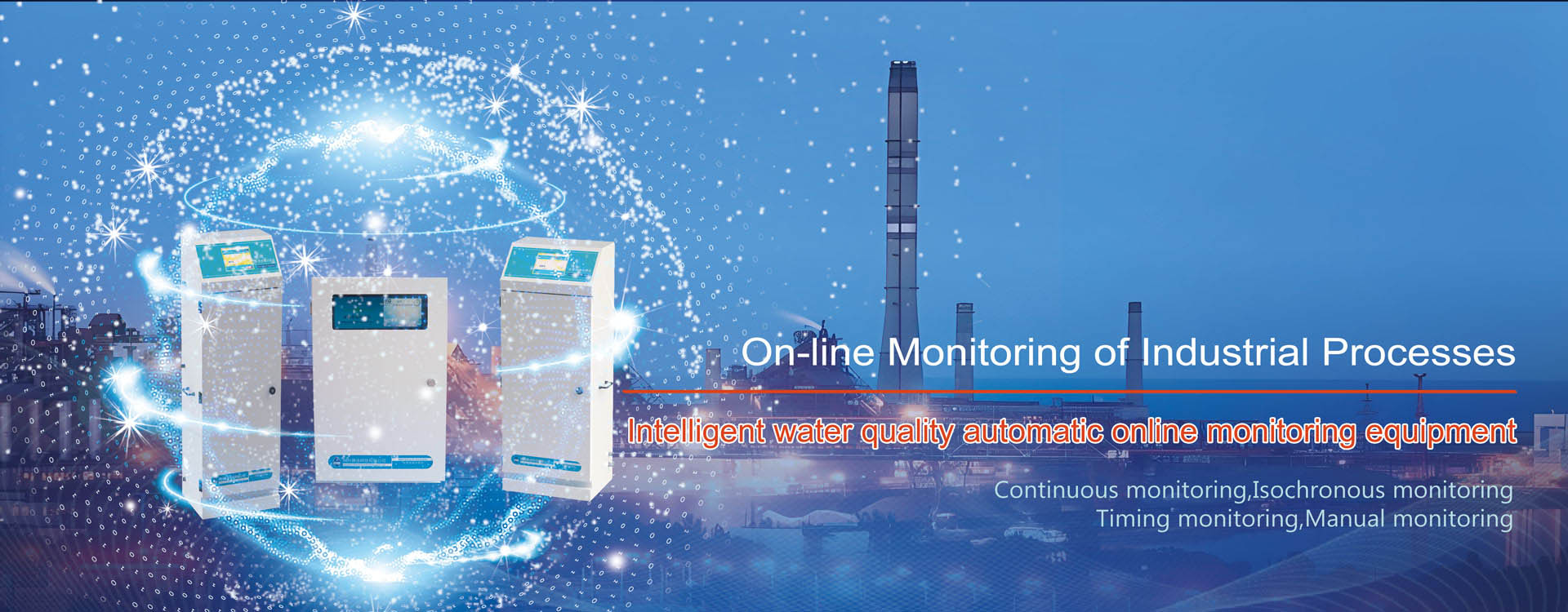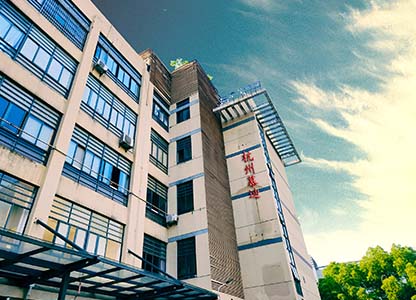In fact, before the wastewater treatment said, there is also an impact on the standard of electroplating wastewater, here is not much to explain. In this chapter, water quality online monitor manufacturers will understand the other two factors together with you in the future. The specific reasons are as follows:
I.Use inorganic materials for electroplating, such as zinc oxide for galvanizing.
In recent years, in order to improve the efficiency and quality of electroplating, a large number of additives are used. These additives can improve the flatness, brightness, dispersion, deep plating, etc., improve the appearance quality and production efficiency of the coating, but also reduce the labor intensity (in the past, the coating needs to be manually polished).
II.In the post-treatment process of electroplating, in order to improve the corrosion resistance of the coating, it is often necessary to do sealing treatment, and some sealing agents are also organic compounds.
1.Requirements for COD discharge control of electroplating wastewater
According to the provisions of the “Discharge Standard for Electroplating Pollutants” (GB21900-2008) issued by the State Environmental Protection Administration and the General Administration of Quality Inspection and Testing, the COD emission limit of enterprises is 80mg/L.
2.Analysis on the difficulty of COD standard in electroplating wastewater
Most of the wastewater treatment systems of electroplating enterprises are selected methods for the iconic pollutants of electroplating industry – cyanide and heavy metals, among which chemical oxidation-reduction plus flocculation precipitation is the most successful and popular method.
1)Activated carbon method: removal of COD is effective, but activated carbon quickly saturated, failure, its regeneration has not a mature method;
2)Membrane method: large molecules of organic matter can be trapped, but COD will be higher when discharging concentrated solution;
3)Ultraviolet method: Some units through research that the use of ozone, ultraviolet, activated carbon treatment of electroplating wastewater effect is obvious, under the conditions of 10mg/L ozone and 3W/L ultraviolet reaction for 30min, after activated carbon filtration COD removal rate is greater than 72%. By analyzing the above conclusions, it can be seen that the effect is well received by most users;
Biochemical method: In order to reduce the COD index, the electroplating wastewater is generally subjected to chemical treatment and then biochemical treatment.
The COD online analyzer produced by Hangzhou Modi has several detection methods: Nessler reagent method, salicylic acid method, UV method and so on. Need to know can be concerned!




